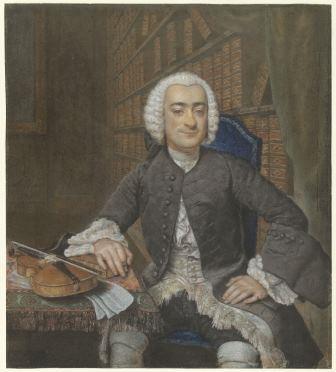Assessment framework
Pursuant to article 2, paragraph 1, of the Decree Establishing the Advisory Committee on the Assessment of Restitution Applications for Items of Cultural Value and the Second World War, there is a Committee that is tasked with advising the Minister at the Minister’s request about decisions to be taken regarding applications for the restitution of items of cultural value whose original owner involuntarily lost possession due to circumstances directly related to the Nazi regime and which are:
a. part of the NK collection or
b. among the other holdings of the Dutch State.
Pursuant to paragraph 5, the Committee advises with regard to applications as referred to in paragraph 1, under b, on the basis of the yardsticks of reasonableness and fairness.
Pursuant to paragraph 6, when discharging its advisory task as referred to in the first paragraph, the Committee will give great weight to the circumstances of the acquisition by the owner and the possibility that there was knowledge about the suspect provenance at the time of the acquisition of the item of cultural value concerned.
